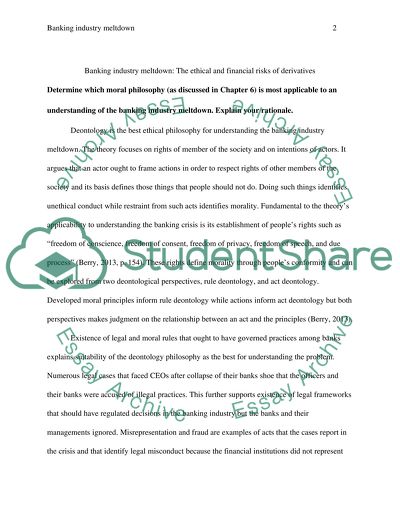Cite this document
(“Banking Industry Meltdown: The Ethical and Financial Risks of Research Paper”, n.d.)
Retrieved from https://studentshare.org/human-resources/1495002-banking-industry-meltdown-the-ethical-and
Retrieved from https://studentshare.org/human-resources/1495002-banking-industry-meltdown-the-ethical-and
(Banking Industry Meltdown: The Ethical and Financial Risks of Research Paper)
https://studentshare.org/human-resources/1495002-banking-industry-meltdown-the-ethical-and.
https://studentshare.org/human-resources/1495002-banking-industry-meltdown-the-ethical-and.
“Banking Industry Meltdown: The Ethical and Financial Risks of Research Paper”, n.d. https://studentshare.org/human-resources/1495002-banking-industry-meltdown-the-ethical-and.


